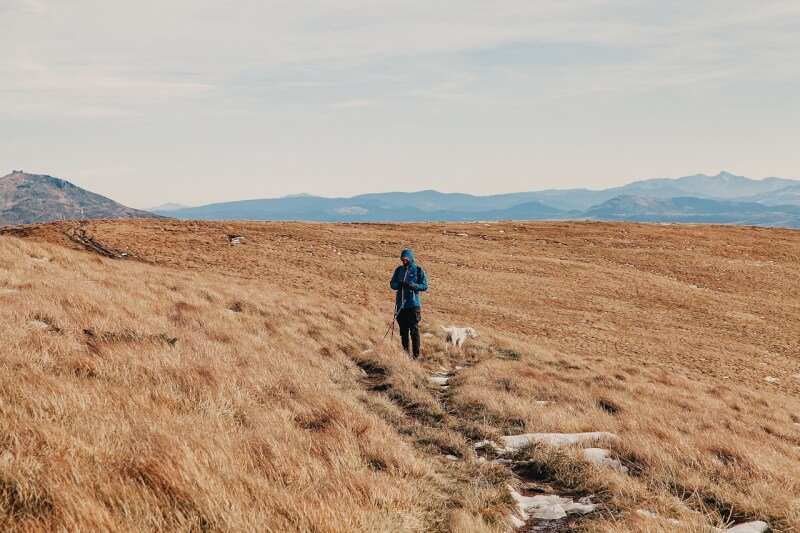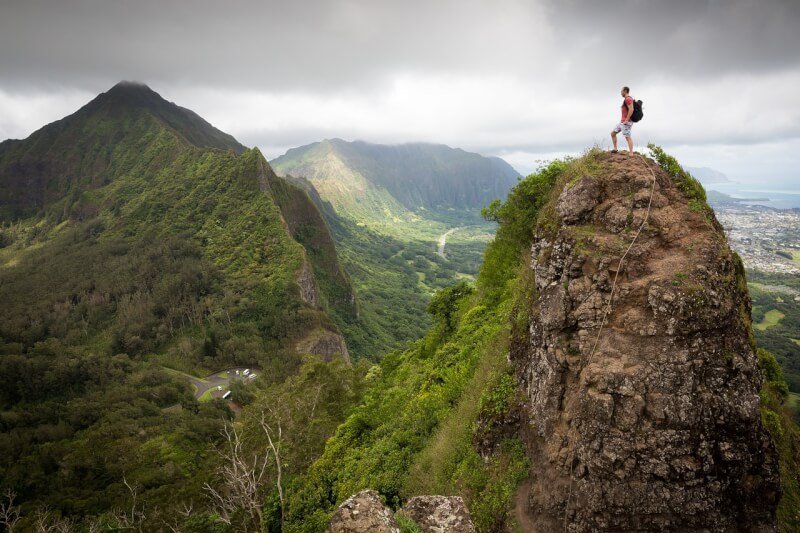In “Deep Survival: Who Lives,” discover the untold stories of those who have faced extreme survival situations and come out victorious. This captivating article explores the fascinating traits and behaviors of individuals who have defied the odds and emerged triumphant from life-threatening scenarios. From harrowing tales of wilderness expeditions gone wrong to miraculous rescues at sea, this piece sheds light on the remarkable resilience and resourcefulness that lies within each of us when faced with the most daunting challenges. Prepare to be inspired by these extraordinary stories of survival against all odds.

Understanding Deep Survival
In the world of survival, there is a concept known as deep survival. It goes beyond the basic survival skills and delves into the mindset, physical fitness, adaptation to the environment, and the utilization of survival equipment and tools. Deep survival explores the factors that determine who lives and who dies in challenging and life-threatening situations.
The Concept of Deep Survival
Deep survival goes beyond the surface level of survival skills and focuses on the psychological and physiological factors that can make the difference between life and death. It is about understanding how the mind, body, and environment interact in high-stress situations. Deep survival is not just about physical strength or technical knowledge, but also about mental resilience, adaptability, and effective decision-making under stress.

Mindset and Mental Preparation
When faced with a survival situation, your mindset and mental preparation play a crucial role in determining your chances of survival. The power of positive thinking cannot be underestimated. Maintaining a positive attitude, even in the face of adversity, can give you the strength and motivation to keep going. It helps in dealing with fear, stress, and despair.
Developing mental resilience is key to deep survival. It involves training your mind to stay calm, focused, and adaptable in high-stress situations. This can be achieved through meditation, visualization, and mental exercises. Building mental resilience helps you stay calm in emergencies and make clear-headed decisions.
Psychological factors can greatly affect survival. Understanding the impact of fear, panic, and anxiety is essential. Learning how to manage these emotions can prevent them from clouding your judgment and leading to poor decision-making. By staying calm, rational, and focused, you can increase your chances of making the right choices in a survival situation.
Physical Fitness and Preparedness
Physical fitness is crucial for survival. It provides the strength, endurance, and stamina needed to face the challenges of a survival situation. Maintaining a good level of physical fitness through regular exercise can significantly increase your chances of surviving and thriving in difficult circumstances.
Training and conditioning your body for emergencies is essential. This includes strength training, cardiovascular exercises, and flexibility exercises. Building a strong and resilient body prepares you to handle the physical demands of survival, such as climbing, carrying heavy equipment, and performing emergency medical procedures.
In addition to physical fitness, acquiring essential skills and knowledge is equally important. Knowing how to navigate through different terrains, purify water, start a fire, build a shelter, and find food are skills that can literally save your life. Prepare yourself by learning these skills and practicing them regularly.

Adapting to the Environment
In a survival situation, the environment becomes your biggest challenge. Understanding and adapting to your surroundings is crucial for your survival. Assessing the environment involves observing the terrain, climate, available resources, and potential dangers.
Utilizing resources in the environment is an important skill. Knowing how to identify edible plants, find water sources, and build a shelter using natural materials can make a big difference in your ability to survive. Being resourceful and creative in utilizing what the environment offers can help you endure even the harshest conditions.
Survival techniques vary depending on the terrain and climate you find yourself in. Whether it’s a dense forest, a desert, or a snowy mountain, knowing the specific techniques and strategies for each environment is vital. Learn how to navigate, find food and water, and protect yourself from potential dangers in different terrains and climates.
Survival Equipment and Tools
While survival skills and adaptability are important, having the right equipment can greatly increase your chances of survival. There are essential gears that every survivalist should have, including a knife, fire starter, shelter materials, water purification tools, first aid kit, and signaling devices.
Choosing the right equipment is essential. Consider the durability, functionality, and weight of each item. Remember that you may need to carry these tools with you for long periods, so lightweight and multi-purpose items are preferable.
In a survival situation, improvisation is often necessary. Making use of what’s available in your environment can be a key skill. Learning how to improvise tools, create shelters, and find alternative uses for everyday items can greatly enhance your chances of survival.

Basic Survival Skills
Building and maintaining shelter is one of the fundamental skills needed for survival. Knowing how to construct a safe and secure shelter using natural materials or available resources is vital for protection against the elements and wildlife.
Finding and purifying water is another essential skill. Without access to clean water, survival becomes significantly more difficult. Learning how to identify water sources, collect and filter water, and treat it for consumption can keep you hydrated and prevent water-borne illnesses.
Fire starting techniques are crucial for survival. Fire provides warmth, light, and the ability to cook food. Knowing different methods of starting a fire using natural materials or fire starters is essential.
Finding and Securing Food
In a survival situation, finding and securing food becomes necessary for long-term survival. Identifying edible plants and fungi in your environment can provide a source of nutrition. However, it is important to have proper knowledge and training in plant identification to avoid consuming toxic or harmful species.
Hunting, fishing, and trapping are additional methods to procure food. Learning how to set traps, track animals, and fish can provide a sustainable source of nutrition. It is important to respect local laws and regulations regarding hunting and fishing.
Alternative food sources in survival situations can include insects, grubs, worms, and small animals. While they may not be first choices, they can provide crucial nutrients when other food sources are scarce. Knowing how to safely catch, prepare, and consume these alternative food sources is a valuable skill.

Navigation and Orientation
When lost or in unfamiliar territory, navigation and orientation skills become essential. Using maps, compasses, and GPS devices can provide valuable information about your location and the direction you need to go. Familiarize yourself with these tools and practice using them in different environments.
In the absence of traditional tools, you can still find direction using natural signs and landmarks. Learning how to read the stars, track the sun and moon, and identify natural indicators can help you navigate and stay on course.
Communication and Signaling
Effective communication methods are crucial in a survival situation, especially when seeking rescue or coordinating with other team members. Knowing how to use signals and codes can be lifesaving. Memorize and practice common distress signals, such as smoke signals, mirror flashes, or whistle blasts.
Creating signals for rescue involves finding high ground, using brightly colored materials, or making noise to attract attention. Knowing when and how to use these signals can greatly increase the chances of being spotted and rescued.
Signaling devices such as whistles, signal mirrors, and flares can also be important tools in survival situations. Carry these devices with you and understand their proper usage.
Survival Psychology and Group Dynamics
Maintaining mental well-being in isolation is crucial for survival. Being alone in a challenging environment can take a toll on your mental health. It is important to stay mentally engaged, positive, and focused. Consider activities like journaling, meditation, or finding purpose in your situation to maintain mental well-being.
Working together in a survival group can significantly improve the chances of survival. Cooperating, assigning tasks, and supporting each other are vital. Building trust and forging strong bonds within the group can create a sense of unity and shared responsibility.
Managing conflicts and decision-making under stress is important for the success and harmony within a survival group. Conflicts can arise due to stress, fear, or differing opinions. Learning conflict resolution skills and effective decision-making strategies can help minimize tension and promote better teamwork.
In conclusion, deep survival is a holistic approach to survival that goes beyond basic skills and addresses the mindset, physical fitness, adaptation to the environment, utilization of equipment, and psychological factors that determine who lives and who dies in challenging situations. By understanding and developing these aspects, you can increase your chances of survival and thrive in the face of adversity.


